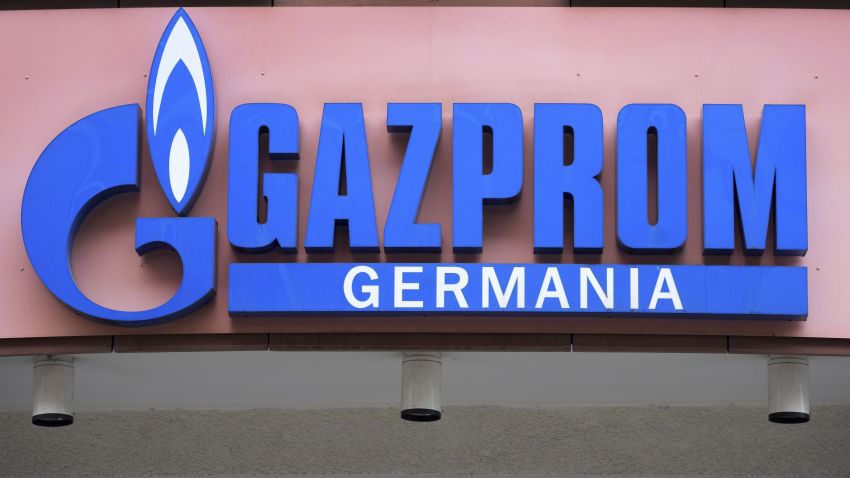Until recently, many observers—including in the European business community—were expecting the war in Ukraine to end not with a bang, but with a whimper. Western aid to Kyiv had enabled the Ukrainians to deal a series of setbacks to the Russians that, combined with some face-saving carrots for Russian President Vladimir Putin, would lead to the start of a negotiating process to end the conflict.
Those carrots, it was believed, would include some degree of sanctions relief that would permit Russian commodities to once again flow westward to eager European customers. All that remained to be seen was where the equilibrium point would be found to balance Russia’s military setbacks in Ukraine against Europe’s growing economic crisis in the wake of those sanctions.
After the failure of Russia’s initial lightning-strike war plan in the first days of the invasion, Western governments rapidly provided Kyiv with more extensive military than Moscow had expected. That enabled the Ukrainian military to turn the subsequent Russian offensive in the south into a long, hard slog for Moscow. Though that did produce some gains, by summer it appeared that Russian forces were largely contained by a revitalized Ukrainian military.

